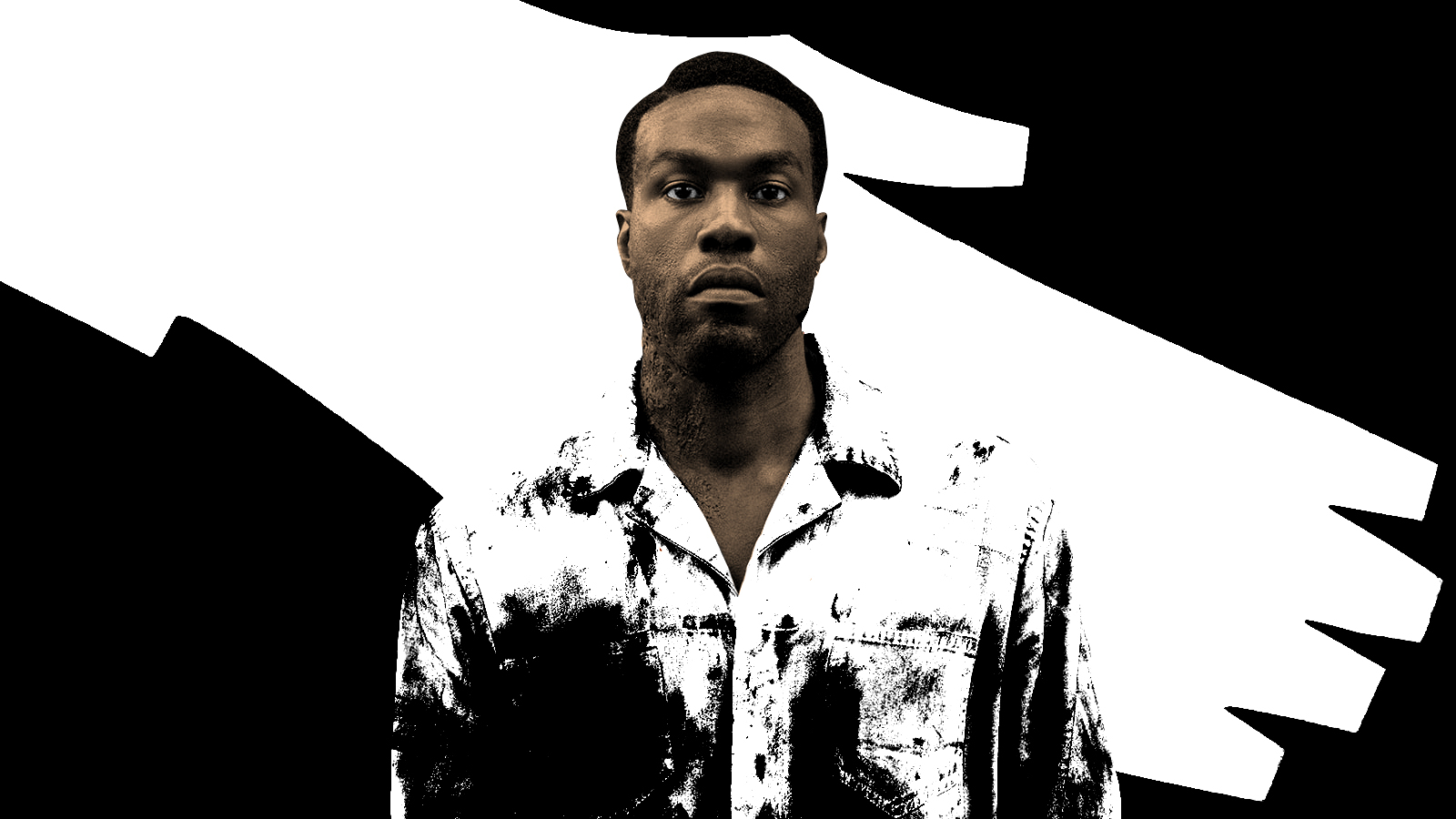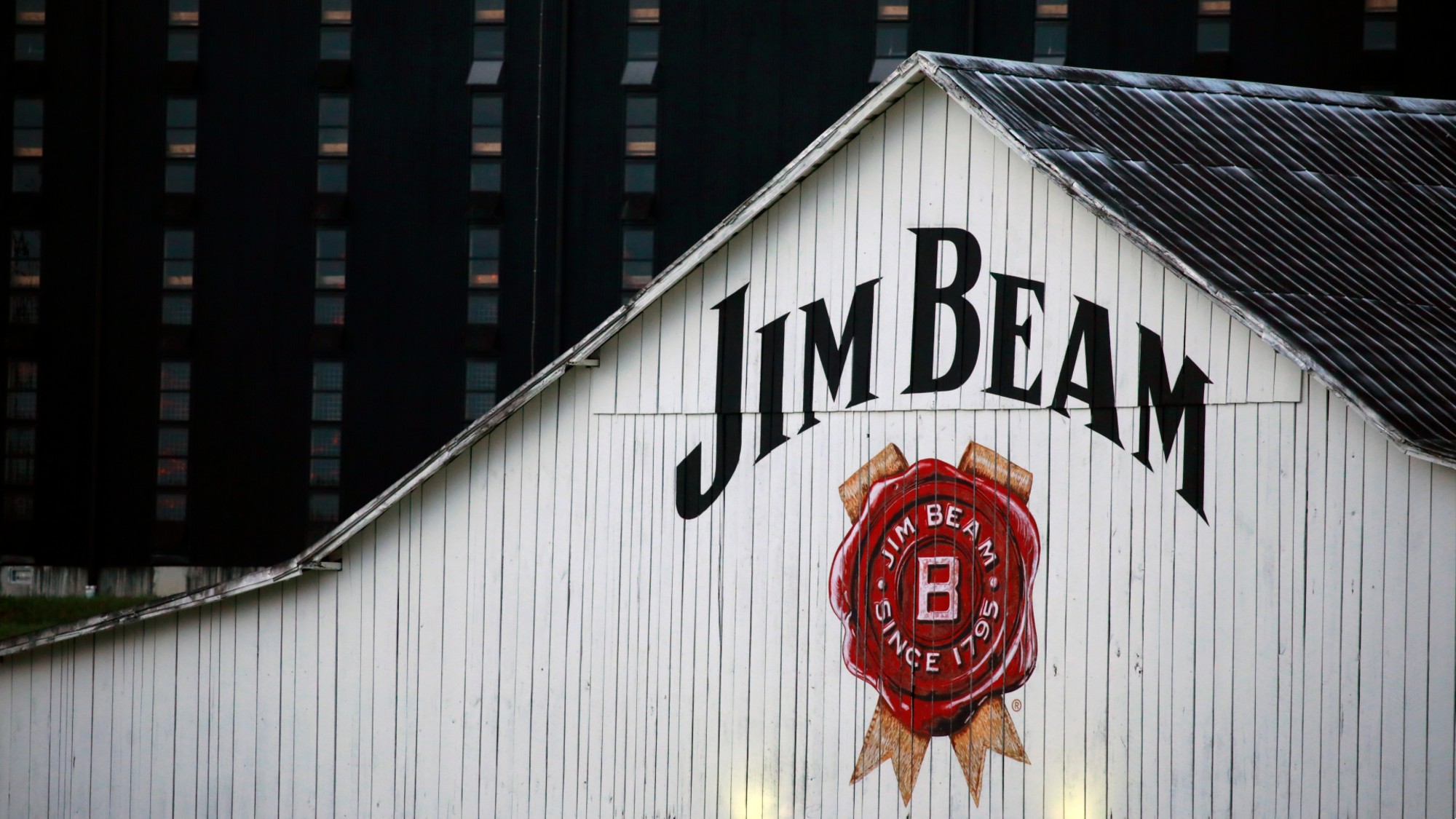Candyman gives a horror icon painful new relevance
Instead of a complete reboot or remake, the new film smartly builds on the original to make its statement


Early on in Nia DaCosta's Candyman, visual artist Anthony McCoy (Yahya Abdul-Mateen II) unveils his latest work to his girlfriend, Brianna (Teyonah Parris), a painting depicting the brutal killing of a Black man. Asked for her reaction, she sums it up in one word: painful.
It's the word that might best describe DaCosta's film, a reimagining of a horror classic that expands its mythology to tackle racist killings and police brutality. DaCosta co-wrote the screenplay with Jordan Peele and Win Rosenfeld, and occasionally, they steer too far in the direction of spelling out ideas. But the broader picture is that of a haunting horror update with a powerful central thesis, and the film smartly uses the audience's pre-existing knowledge of the Candyman legend to underline its core themes.
Released in 1992, the original Candyman starred Tony Todd as the vengeful spirit of Daniel Robitaille, a Black man who was murdered in the 1800s and whom a white graduate student learns about through the Cabrini-Green housing projects in Chicago. In 2021's Candyman, Cabrini-Green has been heavily gentrified. "White people built the ghetto," one character says, "and then erased it when they realized they built the ghetto." With this conversation in mind, Anthony decides to examine Cabrini-Green in his new art project. But this leads him to discover the legend of the Candyman, a killer with a tragic backstory who will appear to murder anyone who says his name five times in a mirror.
The Week
Escape your echo chamber. Get the facts behind the news, plus analysis from multiple perspectives.

Sign up for The Week's Free Newsletters
From our morning news briefing to a weekly Good News Newsletter, get the best of The Week delivered directly to your inbox.
From our morning news briefing to a weekly Good News Newsletter, get the best of The Week delivered directly to your inbox.
Despite what its title suggests, Candyman is a direct sequel to the original film, and going into it with no knowledge of its predecessor isn't advised. But as a follow-up to a famous horror movie, the film makes a surprising decision in its opening act. While it establishes itself as taking place within the same continuity as the original — meaning Tony Todd's Daniel Robitaille exists — it tells a different legend of Candyman than the one the 1992 film made famous. "For me," laundromat owner William Burke recounts, "Candyman was a guy named Sherman Fields." A harrowing scene reveals Sherman, a Black man, was viciously murdered by white police officers after being wrongly suspected of giving kids candy with razor blades in them. The "true face of fear" strikes Sherman as an endless parade of cops swarm the innocent man. Sherman's spirit subsequently appears when Candyman's soon-to-be victims summon him.
Losing Tony Todd for the majority of the film will likely be a tough pill to swallow for some horror fans, and the new Candyman isn't ultimately as memorable. Todd's original Candyman became famous for his iconic voice and eloquent monologues, but this one doesn't speak, making it impossible to tap into the mind of the killer. Besides, while Sherman's murder is kept off screen, it's still so raw and upsetting that it somewhat detracts from the threatening nature of Candyman, as Sherman evokes more of a sense of sorrow when he appears. Still, the film tweaks the way Candyman functions to set itself up for a few fresher scares, namely by usually having the character only visible in the mirror but invisible otherwise. DaCosta centers two kill sequences around reflections, which are positioned in just the right way as to only reveal glimpses of the true horrors unfolding.
More importantly, though, introducing a second version of the Candyman legend alongside the original allows the film to speak to a key idea: that the unjust killings of Black people in the United States is a continuous cycle that has stretched back generations. Sherman Fields' death at the hands of white police officers echoes the way Daniel Robitaille was hunted down in the same way the horrific video of George Floyd's murder was an all too familiar sight. The original movie also explored the way Candyman sought to maintain his status as a legend by having people continue to spread the word about him, and this sequel extends that point while relating it to the concept of continuing to say the names and share the stories of victims of racist violence. This all hits particularly hard after 2020's racial justice protests, but that's not to say it wouldn't resonate in any time. After all, the film was shot in 2019 and prior to the pandemic would have been released in June 2020 — just two weeks after George Floyd's murder.
"It feels like [Candyman] should be prescient," DaCosta told Variety, "but Black people carry this pain with them all the time and have for a long time."
A free daily email with the biggest news stories of the day – and the best features from TheWeek.com
Candyman has a lot on its mind, and it can at times be a little too overt in getting it across. Showing, for example, that Cabrini has been gentrified already says a lot without needing multiple explicit discussions about gentrification. The film also relies a bit too much on conversations about Anthony's art, including involving a critic character, to directly explain concepts the filmmakers want to communicate. At the same time, Candyman also raises a few ideas that could have used more exploration, namely some of the moral questions involved with drawing inspiration from actual crimes in one's art, as well as a backstory to the Brianna character that's only briefly teased. At 91 minutes, the story is quite efficient, but additional time to flesh out a few corners may have worked wonders. But the film does stick the landing with a chilling final 15 minutes, which delivers some of the most disturbing body horror in recent memory, though the violence may be too much for some viewers, especially on top of the heavy subject matter.
When it came to reviving Candyman, an obvious option would have been to just wipe the slate clean for a complete reboot or remake. But doing so would lose what this version accomplishes by playing with audiences' prior knowledge of Candyman: the crushing feeling that all of this pain and suffering has happened over and over again.
Brendan worked as a culture writer at The Week from 2018 to 2023, covering the entertainment industry, including film reviews, television recaps, awards season, the box office, major movie franchises and Hollywood gossip. He has written about film and television for outlets including Bloody Disgusting, Showbiz Cheat Sheet, Heavy and The Celebrity Cafe.
-
 Trump vs. states: Who gets to regulate AI?
Trump vs. states: Who gets to regulate AI?Feature Trump launched a task force to challenge state laws on artificial intelligence, but regulation of the technology is under unclear jurisdiction
-
 Decking the halls
Decking the hallsFeature Americans’ love of holiday decorations has turned Christmas from a humble affair to a sparkly spectacle.
-
 Whiskey tariffs cause major problems for American distillers
Whiskey tariffs cause major problems for American distillersIn the Spotlight Jim Beam is the latest brand to feel the pain
